Nestled in the pristine wilderness of Swedish Lapland, Abisko National Park is a haven for nature enthusiasts, adventurers, and photographers alike. Renowned for its breathtaking scenery, the magical Northern Lights, and endless hiking trails, this national park offers an unforgettable experience for all who visit. Whether exploring its rugged landscapes or capturing stunning photos of Abisko National Park, this guide will help you plan your perfect trip.
Location
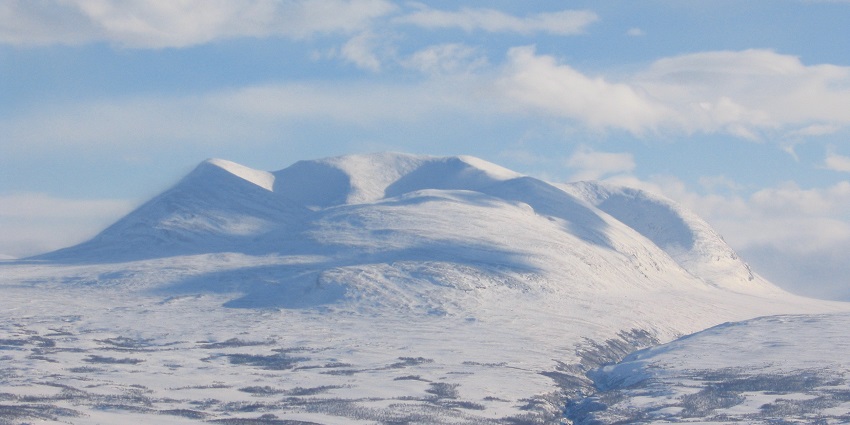
Photo: Dheerav2 / Wikimedia Commons
Located 195 kilometres above the Arctic Circle in the Swedish province of Lapland, Abisko National Park spans an area of 77 square kilometres. It is situated near the Norwegian border, with the charming Abisko village serving as the park’s gateway. Part of the Scandinavian Mountains, it is famed for its clear skies, pristine lakes, and the Aurora Sky Station, making it one of the best places in the world to view the Northern Lights.
Suggested Read: Best Places To Visit In Stockholm In January
How To Reach
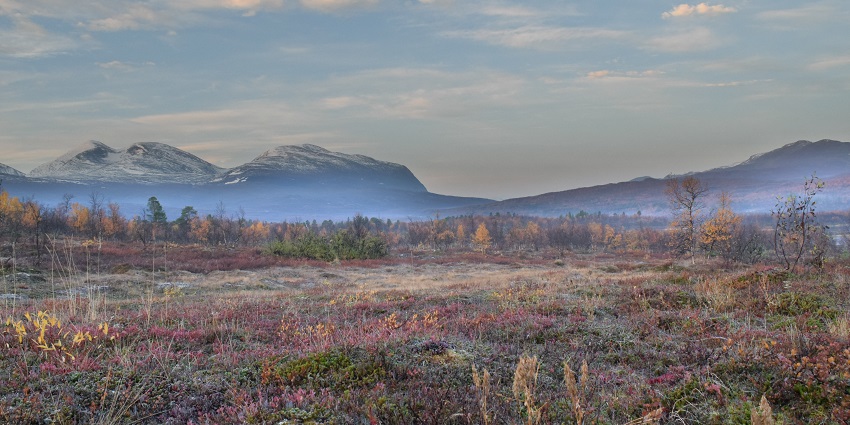
Photo: Fjallvaxter.och.norrsken / Wikimedia Commons
Getting to Abisko National Park is an adventure in itself. Here’s a guide on the various ways you can reach this Nordic gem:
By Air: The nearest airport to Abisko National Park is Kiruna Airport (KRN), approximately 95 kilometres away. You can take a train, bus, or taxi from Kiruna to Abisko. Alternatively, you can fly to Narvik Airport in Norway, around 80 kilometres away.
By Bus: From Kiruna or Narvik, regular bus services run to Abisko. These buses are budget-friendly and provide stunning views of the surrounding landscapes as you travel.
By Rail: One of the most scenic ways to reach Abisko National Park is by train. The Swedish National
Railway connects Stockholm to Abisko via Kiruna. The journey is long but offers spectacular views of Swedish Lapland.
Places To Visit In And Around Abisko National Park
The park and its surroundings are teeming with natural and cultural wonders. Here are the top five places you must explore:
1. Aurora Sky Station
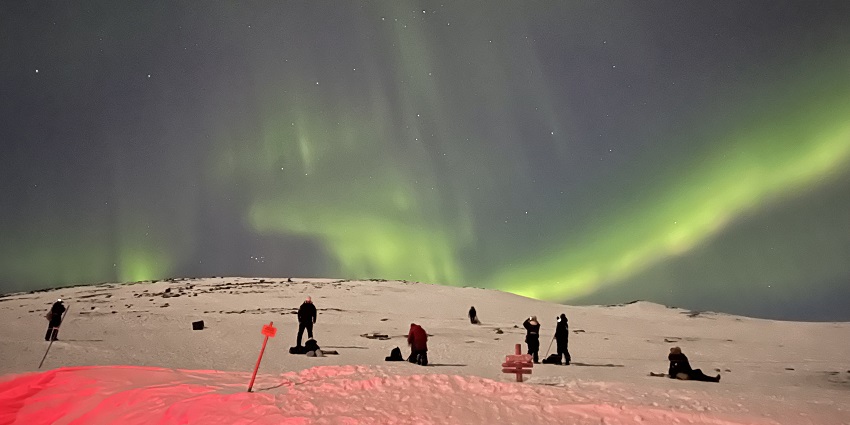
Photo: Mohsen Ramezanimofrad / Wikimedia Commons
Nestled on Mount Nuolja, the Aurora Sky Station is a world-famous spot for viewing the Northern Lights. A chairlift takes visitors to this mountaintop observatory, offering unobstructed views of the auroras on clear nights. Inside the station, you can explore exhibits on the science behind the Northern Lights or enjoy a gourmet dinner experience. The surrounding wilderness, with minimal light pollution, makes it a dream location for stargazing and astrophotography.
Best Time To Visit: November to late March
Entry Fee: SEK 995 for the chairlift and station access
Suggested Read: Discover The Top Things To Do In Stockholm For An Unforgettable Trip
2. Torneträsk Lake
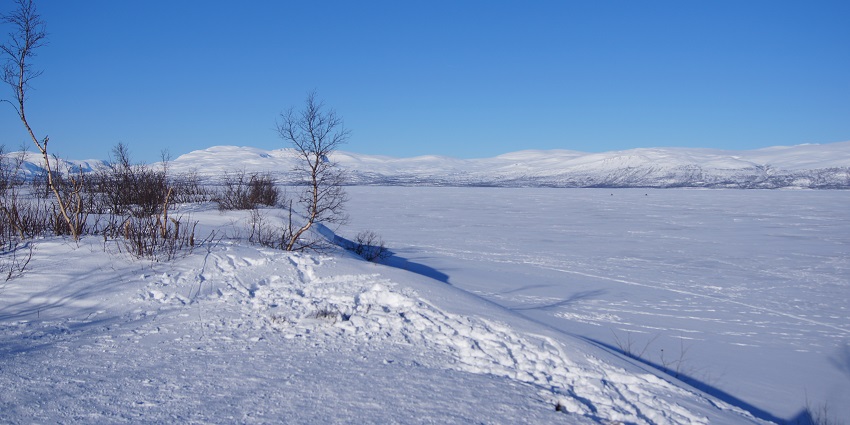
Photo: Arjoopy / Wikimedia Commons
Torneträsk Lake is Sweden’s sixth-largest lake, stretching over 70 kilometres in length. In winter, its frozen surface becomes a hub for snowshoeing, ice fishing, and Northern Lights photography. During summer, the thawed waters invite visitors for kayaking, fishing, and leisurely boat rides. The surrounding scenery, with majestic mountains and Arctic flora, is perfect for nature enthusiasts and photographers looking to capture stunning photos at Abisko National Park.
Best Time To Visit: December
3. Kungsleden Trail
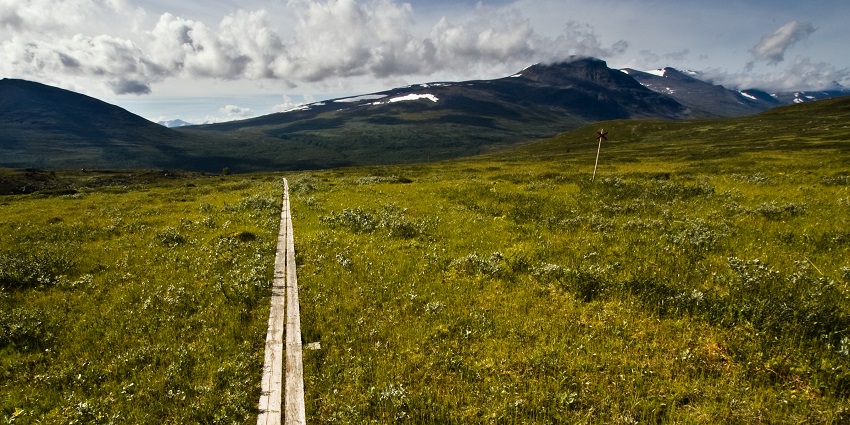
Photo: Alexandre Buisse / Wikimedia Commons
The iconic Kungsleden, or King’s Trail, starts at Abisko and runs 440 kilometres southward. While the entire trail is an epic journey for seasoned hikers, even a short walk allows visitors to witness the park’s pristine beauty. The route takes you through dense birch forests, serene valleys, and alongside glacial rivers. In summer, the trail bursts with vibrant wildflowers, while winter hiking offers an otherworldly snowy landscape. It’s a paradise for adventurers and photographers alike. Remember to carry proper hiking gear and maps for a safe journey.
Best Time To Visit: June to September
Suggested Read: Abisko National Park
4. Abisko Canyon
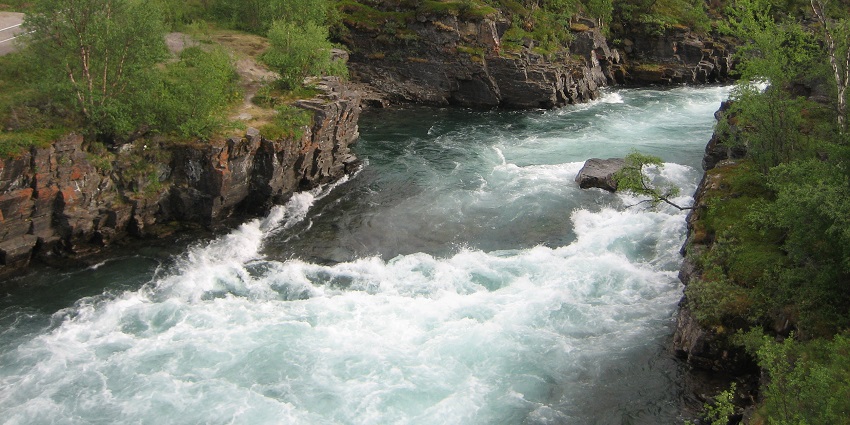
Photo: Rita / Wikimedia Commons
The Abisko Canyon, carved by the Abiskojåkka River, is a natural marvel within the park. Its narrow, rocky walls, combined with the rushing turquoise waters of the river, create a dramatic and photogenic landscape. Visitors can explore easy-to-follow walking trails that meander along the canyon’s edges, offering breathtaking views from various vantage points. In winter, the frozen canyon transforms into a surreal icy wonderland, making it equally enchanting. It’s a perfect destination for both seasoned photographers and casual explorers seeking tranquillity in nature.
Timings: Accessible during daylight hours
Entry Fee: Free
5. Björkliden
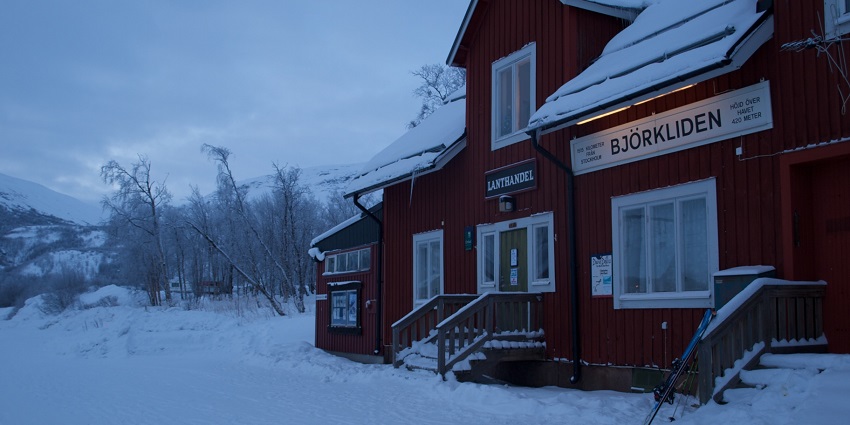
Photo: Carl Steinbeißer plus Thomas Jakubicka / Wikimedia Commons
The Björkliden is just a 10-minute drive from Abisko. The Björkliden is a must-visit for winter sports enthusiasts. It offers skiing, snowboarding, and snowmobiling against the backdrop of the Lapporten mountain formation. During summer, Björkliden transforms into a hiking and climbing paradise, with well-marked trails leading to scenic viewpoints. Visitors can also enjoy the resorts near Björkliden’s warm hospitality, spa facilities, and panoramic restaurants.
Suggested Read: Sarek National Park
Where To Stay
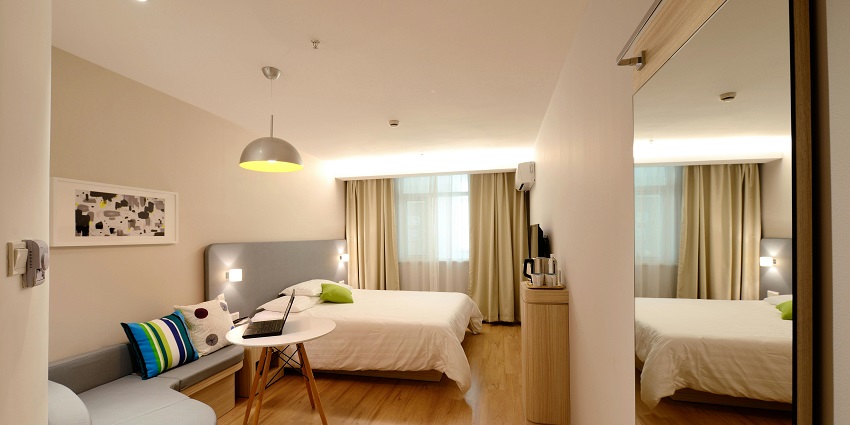
Photo: Pixabay / Pexels / Image For Representation Only
Accommodation near Abisko National Park ranges from cosy lodges to upscale hotels. Abisko Turiststation, situated within the park, is a popular choice for its convenient location and range of amenities. Other options include STF Abisko Mountain Station, which caters to budget travellers, and the luxurious Icehotel nearby Jukkasjärvi for a unique Arctic experience. Advance bookings are recommended, especially during peak Aurora season.
Where To Eat
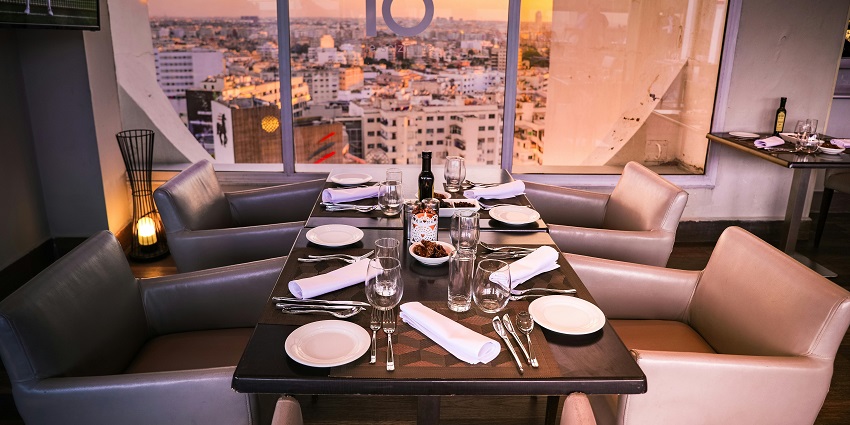
Photo: Zak Chapman / Pexels / Image For Representation Only
Though dining options in Abisko are limited, you’ll find hearty meals at Abisko Turiststation’s restaurant, which serves local delicacies like Arctic char and reindeer stew. Try the nearby Abisko Mountain Lodge, which offers delicious Swedish comfort food for a more casual setting. Local cafes and small grocery stores provide snacks and supplies if you’re on the go.
Suggested Read: Embracing Love The Sweden Way
Best Time To Visit
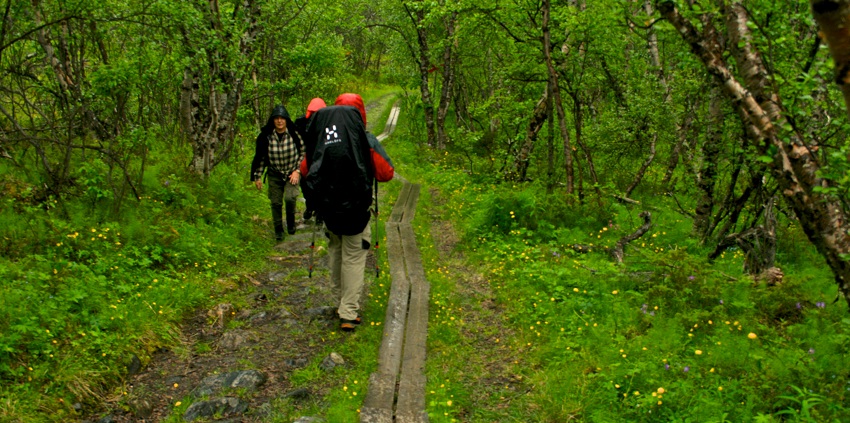
Photo: Silverkey / Wikimedia Commons
The best time to visit Abisko National Park depends on your interests. Winter (November to March) is perfect for those chasing the Northern Lights or enjoying winter sports, while summer (June to August) offers endless daylight, blooming flora, and incredible hiking conditions. From September to October, autumn provides a quieter experience with stunning fall colours.
Other Factors To Consider
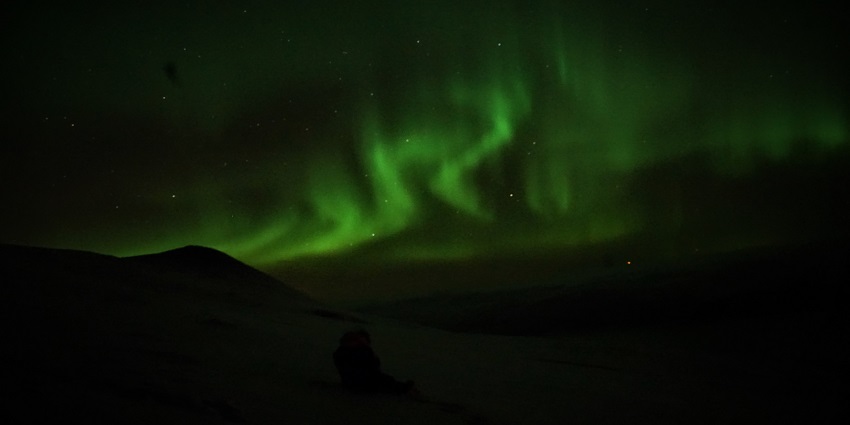
Photo: Kristine.li / Wikimedia Commons
Average Cost Of The Trip
The trip cost to Abisko National Park varies based on the season and your travel style. A mid-range trip, including accommodation, meals, and activities, may cost around SEK 1,500–2,500 (INR 11635 – 19392 ) per day. Budget travellers can save by opting for hostels and self-catering, while luxury seekers can spend upwards of SEK 5,000 (INR 38784) daily.
Tips For Travellers
- Dress in layers and carry insulated clothing, especially during winter visits.
- Book accommodation and activities in advance during the Aurora season.
- Don’t forget to pack a good camera to capture photos of Abisko National Park.
- Be aware of Abisko National Park timings and seasonal accessibility for attractions.
- Carry Swedish Krona (SEK), as some establishments may not accept cards.
- Join guided tours for the Northern Lights to maximise your chances of a sighting.
Abisko National Park is a hidden gem in Sweden, offering something for everyone – from awe-inspiring Northern Lights views to serene hiking trails and adventurous winter sports. Whether seeking calmness, adventure, or a place to reconnect with nature, Abisko promises a memorable experience. Don’t miss the chance to explore this Arctic paradise. Plan your trip now with TripXL for the ultimate travel experience.
Cover Photo: Zaki Habibi / Wikimedia Commons


 WhatsApp
WhatsApp
 Twitter
Twitter









